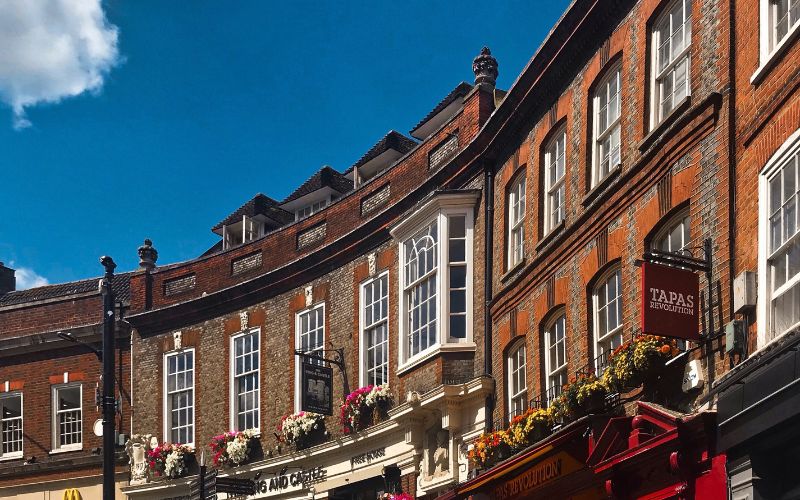Hundreds of schools across the country are unaware of the reinforced autoclaved aerated concrete that lies within their ceilings and the danger it poses.
How dangerous is RAAC?
The Department for Education has updated their advice and requested that schools check their buildings “as a matter of urgency”.
Reinforced autoclaved aerated concrete is a lightweight form of concrete with a bubbly texture. However, it’s limited durability means that RAAC structures can collapse with little to no warning.
This has become a significant concern for schools, as a rise in the number of incidents caused by RAAC roofs has prompted the Government to re-evaluate the imminent dangers of this type of concrete.
In 2018, a primary school in Kent fell victim to RAAC when their roof caved in and caused severe damage to the property. Luckily, the incident occurred over a weekend and no pupils or staff were injured.
Since then, very little has been covered about the dangers of reinforced autoclaved aerated concrete and how it threatens children's safety. More accidents involving RAAC have started to surface, now dominating national headlines.
Why has RAAC been used in schools?
RAAC was introduced in the 1960s when the country was still recovering from the effects of the second world war. Reinforced autoclaved aerated concrete was cost effective and quickly became the answer for a financially burdened Britain.
Primarily used in schools, RAAC was chosen for the use of roof decks; as it was known for how well it supported other structures, in addition to its thermal properties.
The popularity of RAAC continued to soar in the following years. Most new buildings at the time, particularly schools, were built using this concrete until the 1980s when the Government stopped the production of RAAC amid safety and structural fears.
However, RAAC can also been found in wall and floor structures. A building survey can identify where your building may be host to RAAC.
How common is RAAC?
It is unknown how many schools have reinforced autoclaved aerated concrete, however, the likelihood of a school building having RAAC is very high if it was built between the 1960s and the 1980s.
This goes for existing schools who had extensions built within the same period as the widespread use of RAAC.
The Department for Education has advised schools to check their building plans and look for the terms ‘RAAC’ and ‘reinforced autoclaved aerated concrete’ to see if it is present.
What is the lifespan of RAAC?
Reinforced autoclaved aerated concrete has a lifespan of around 30 years, meaning schools and extensions built between the 1960s and the 1980s are well past this threshold.
The risk of structural damage and collapsed roofs increases the longer RAAC is unattended, in turn increasing the risk of serious injury among staff and students.
Is it easy to spot?
Unless it’s heavily painted RAAC will be crumbly when touched, have visible bubbles, and sport an open texture, making it easy to identify against other types of concrete.
However, RAAC can be hidden behind walls, floors, and roof structures. Ceiling panels may need to be removed, or loft access required, in order to identify problem planks.
Panels are typically white or grey in colour with arched stripes across the face. Typically, they have a slight chamfer on the edges, but each panel’s measurements will vary.
How to get rid of RAAC
Schools must consult their asbestos register to ensure lofts are clear before any form of inspection can take place. A specialist can safely remove asbestos to ready the loft for surveying.
Removal of RAAC should not be attempted without the advice of a professional. A chartered building surveyor can assist in identifying reinforced autoclaved aerated concrete, advise on the best removal method, and inform on the appropriate replacement.
Who are we?
At Sillence Hurn our chartered surveyors are RICS qualified with extensive experience of building surveying across both residential and commercial properties in London and the South of England.
Our experts will be able to identify RAAC and advise you on the best measures going forward.
If you’re concerned that your school may have RAAC, contact a member of our team or speak with us today on 02380 014786. Email us at enquiries@sillencehurn.co.uk




